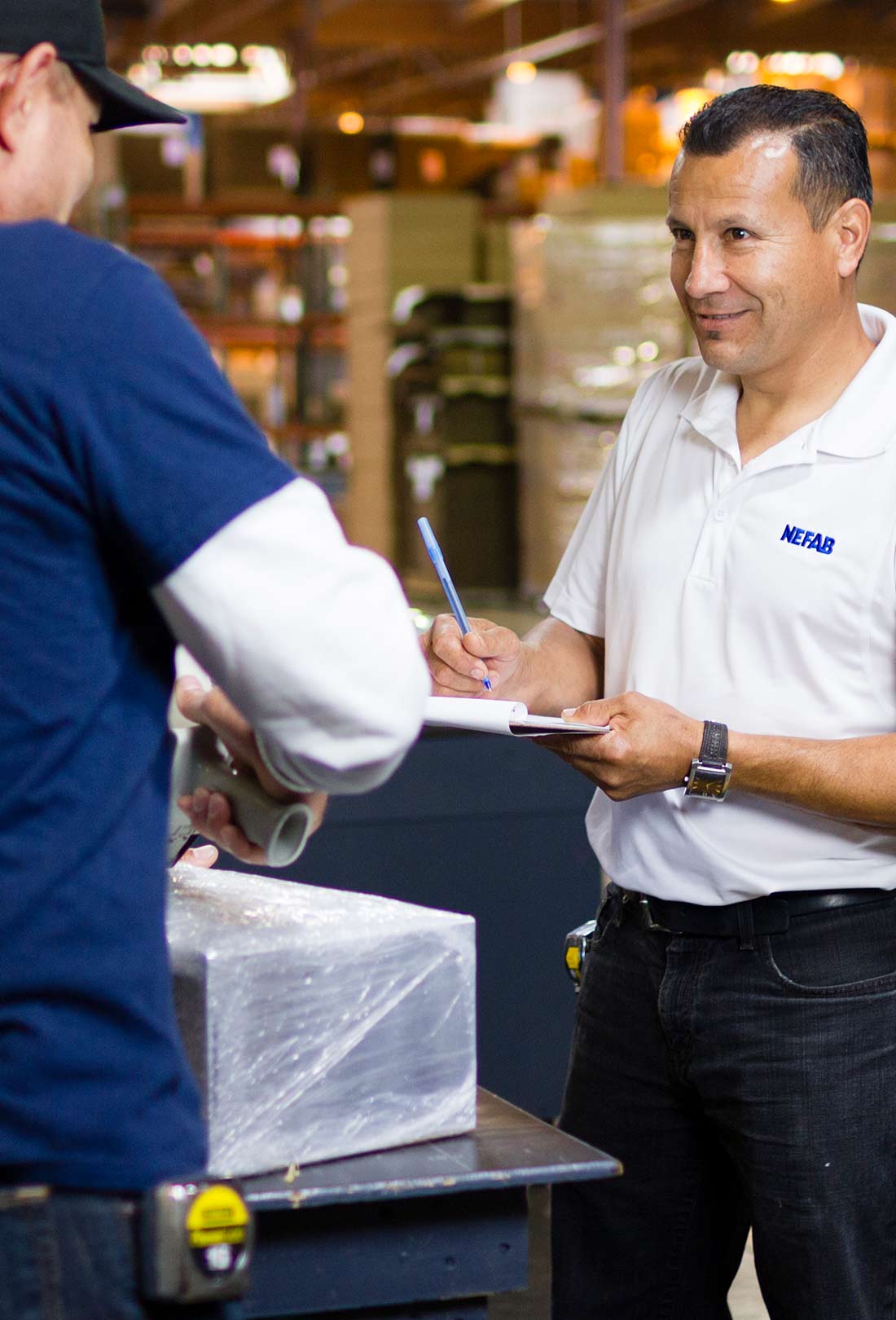What is RoHS?
RoHS is sometimes mistakenly referred to as the “lead-free directive.” In reality, it used to restrict the use of ten main hazardous materials:
- Lead (Pb)
- Mercury (Hg)
- Cadmium (Cd)
- Bis(2-ethylhexyl) phthalate (DEHP)
- Dibutyl phthalate (DBP)
- Butyl benzyl phthalate (BBP)
- Diisobutyl phthalate (DIBP)
- Hexavalent chromium (Cr6+)
- Polybrominated biphenyls (PBB)
- Polybrominated diphenyl ether (PBDE)


